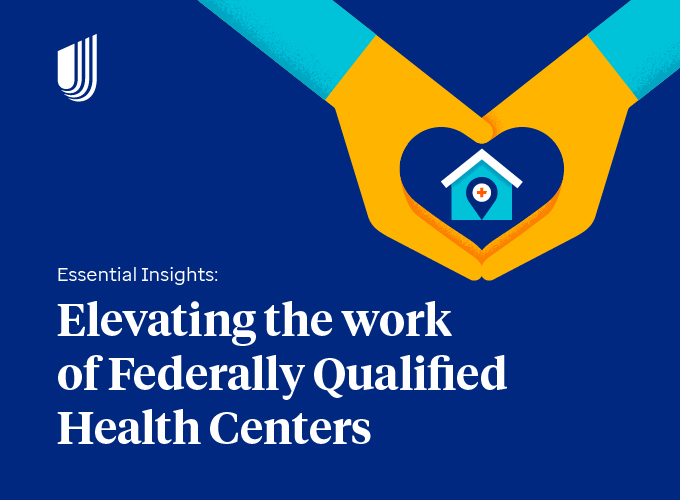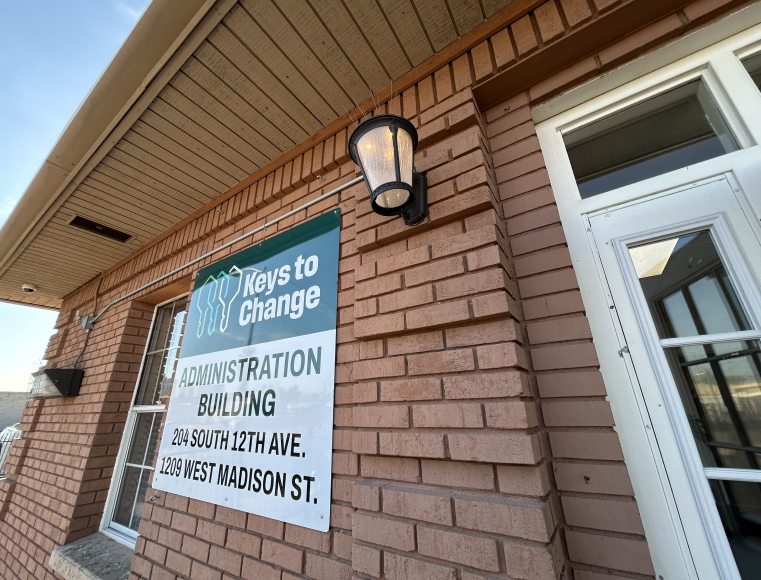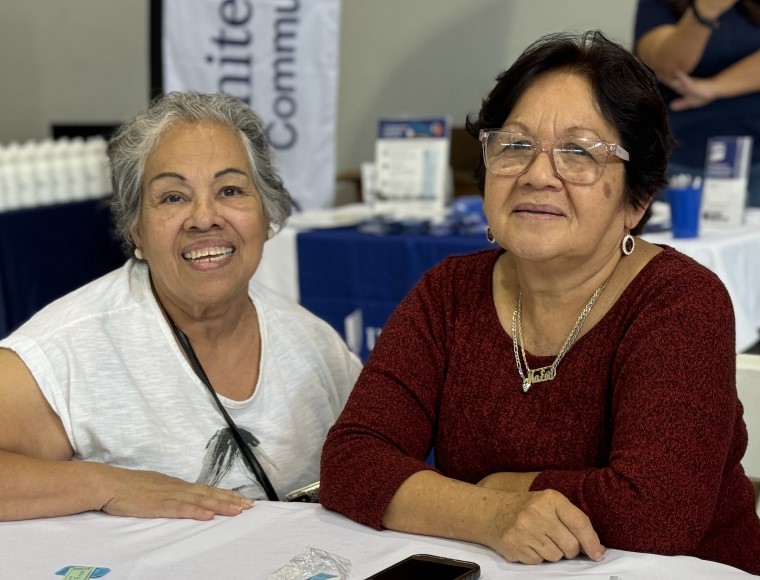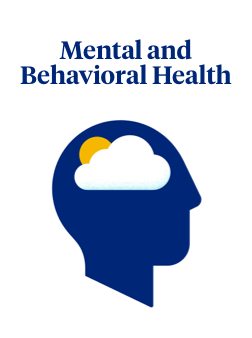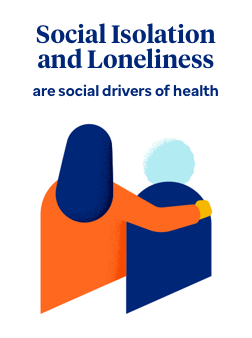UnitedHealthcare Community & State is using targeted data and partnering at the local level to address the unique needs of each community.
The UnitedHealthcare Catalyst™ model uses publicly available data to identify health disparities affecting specific communities, then convenes cross-sector community-based organizations (CBOs) to address those challenges. The aim of the model is to identify the social factors and disparities such as housing insecurity that are included in the 80% of an individual's health care determined by factors outside of a doctor's office. The long-term goal is to help community organizations build capacity, leading to sustainable solutions that ultimately improve the health of the community.
The Catalyst model follows four concrete steps toward creating meaningful change in each of the communities we're investing in:
- Identifies areas and communities with health disparities using population health data.
- Convenes a cross-sector collaborative of local organizations, including Akron Metro Housing Authority, Asian Services in Action and Community Support Services, to collectively identify an issue of focus.
- Collaborates to create a tangible action plan, clarifying responsibilities and aligning on the outcomes.
- Acts by setting the plan in motion.
Solutions and action plans are developed at the local level, ensuring that each program is tailored to the specific needs of that community. Watch this video case study from Ohio to see Unitedhealthcare Catalyst™ in action.
